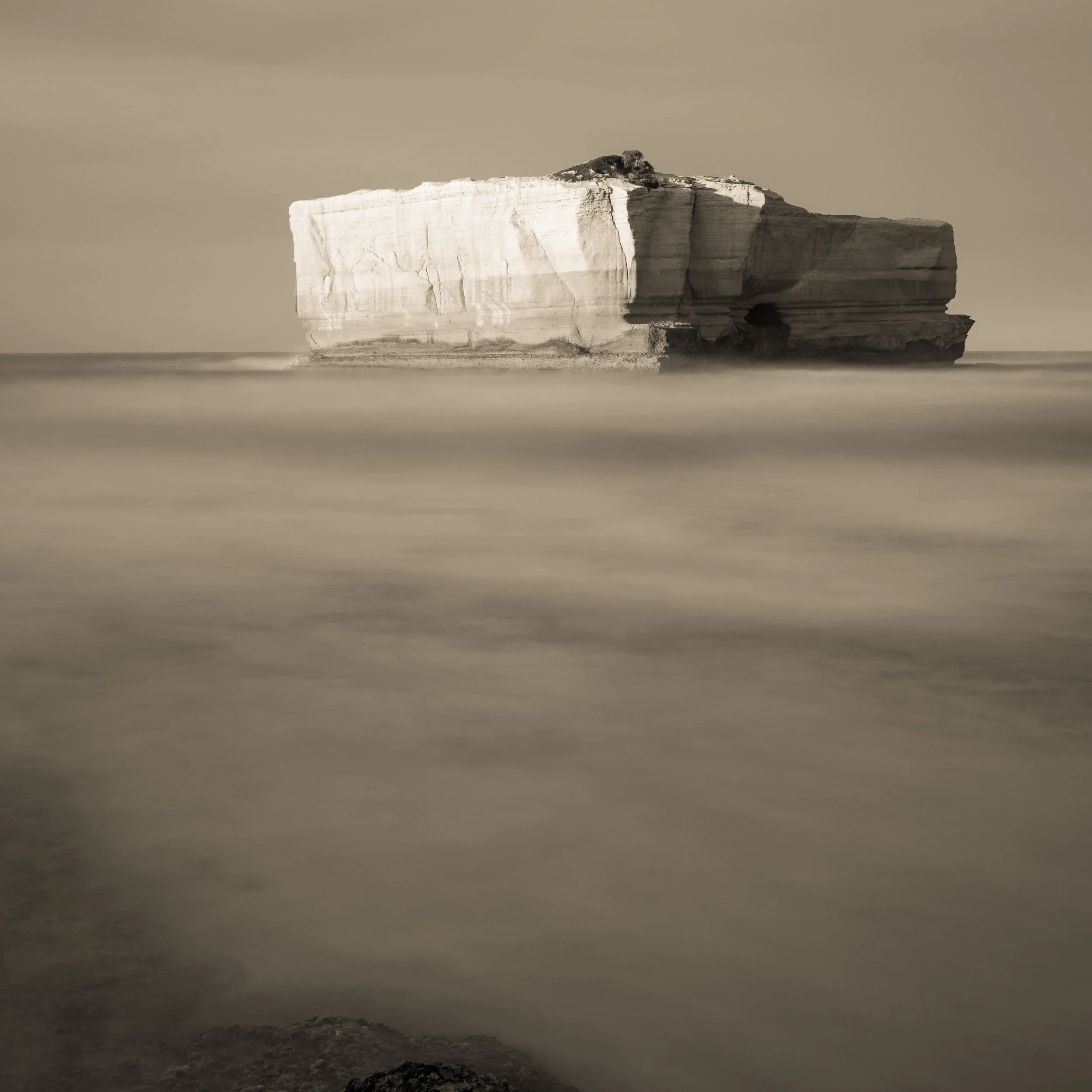EX107 Soft Light Hard Light
Soft light wraps itself smoothly around objects, cradling with calmness.
Hard light cuts with a harsh line and accentuates textures.
In this weeks exercise I challenge you to experiment with both.
See if you can create photographs in both lights. Soft and Hard.
There are so many ways to find both. If the weather is helpful, a full sunny day gives beautiful hard light, whilst working in the shadows, or at sunset and sunrise will soften the light.
Indoors you can find hard light at the sunny window, and soft light in the one on the other side of the house.
You can also change the direct hard light of a lightbulb with some soft translucent cloth, or by reflecting it off something white, such as an umbrella, white cardboard or even a white wall.
Post resolved photographs that show your use of soft and hard light bringing the best out of your chosen subject.
If you struggle to see the differences, or a beginning your journey in seeing the differences between the two. Make sure you photograph the same object in both lights.
Simple objects like an egg is fantastic for teaching the differences. You may do a portrait of a friend, or find something that is portable so you can place it in the different lights.
If it is constantly overcast at the moment because of the weather, you can create hard light indoors with a bare light bulb.
Post your photographs in our forum here https://lensclub.discussion.community/post/ex107-soft-light-hard-light-11526234?pid=1323778753#post1323778753
Please see the companion video to this exercise about the differences between these two types of light
Full sun shines onto the side of the monolith on the great ocean road with a hard light.
A cloud wanders past and a few minutes later this photograph is taken in the soft light caused by the cloud that stopped the hard light.
The colour version in soft light.
THE CONTINUUM BETWEEN SOFT AND HARD LIGHT
Soft Light
Diffused - multi directional
Reflected light
Less reflections
More intense colours
More saturated - apparent saturation because of lower contrast
More details in textures
Less contrast
Less shadows
Less specular highlights
Easier for the camera to capture all the details
Hard Light
More specular highlights (sparkles off the water)
Less intense - colour
Lighter - exposure
Washed out (caused by exposure and reflections)
Catch lights
More reflections in birds eyes
More contrast
Deeper darker shadows
Consider the placement of the sun
Better back lighting in some situations
The angle of the light - afternoon or early morning is different to middle of day
Pushing the dynamic range of your camera because it is so big (deep shadows to bright sun)
Colour of Light
Golden hour - Red
The Blue hour - Blue
Middle of day
The ambient colour light on the earth - Blue
Change the colour temperature to suit the light
The closer you are to the more diffused and the softer the light….
High overcast
Low clouds
Thick mist
Rain
Reflected light



